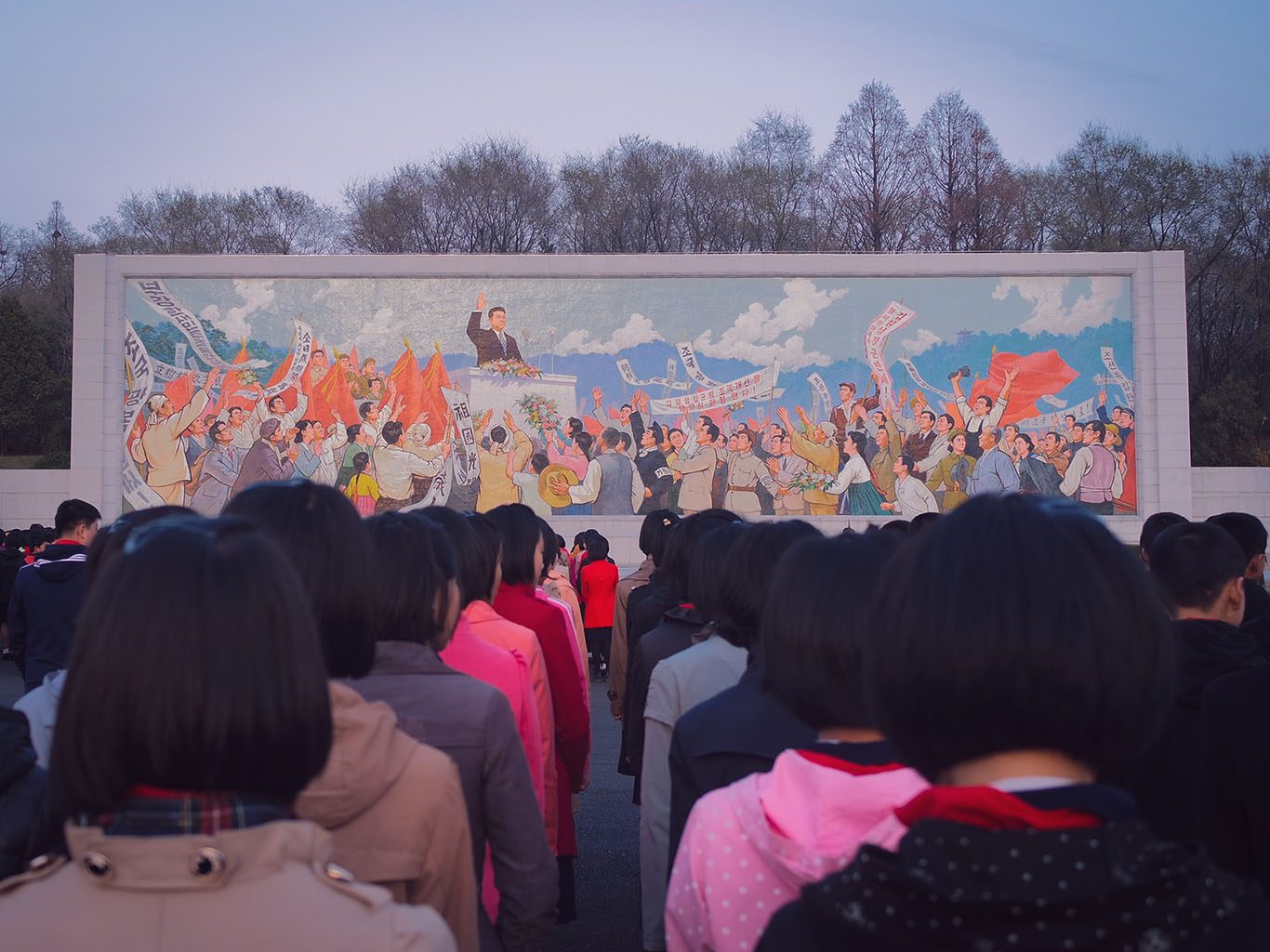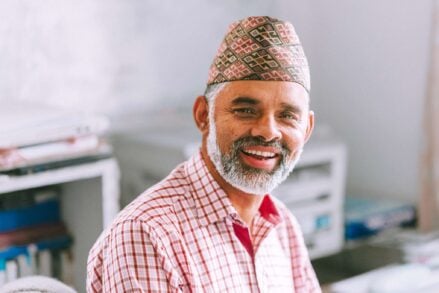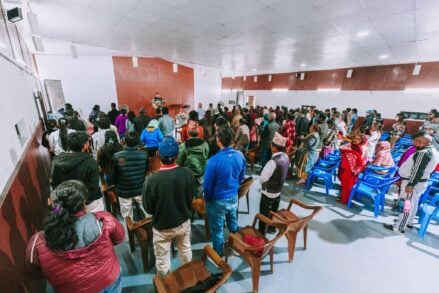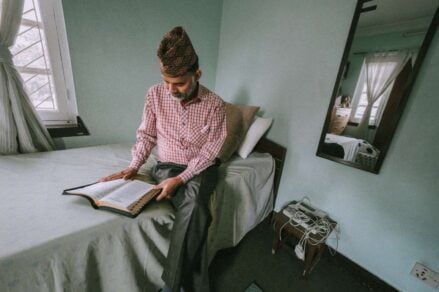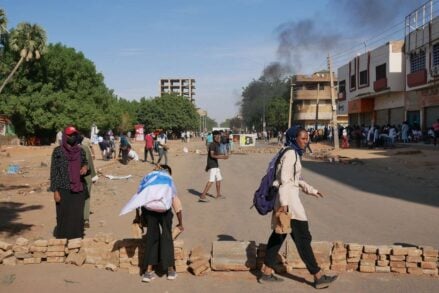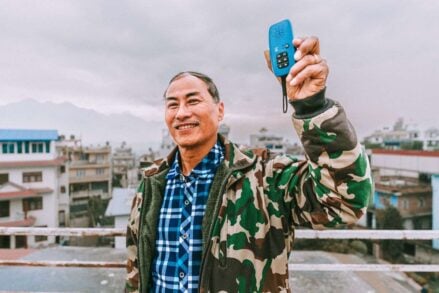Here, we share five facts you likely don’t know to help you better understand the lives of our brothers and sisters–and pray with greater knowledge and insight.
“And so, from the day we heard, we have not ceased to pray for you, asking that you may be filled with the knowledge of his will in all spiritual wisdom and understanding” (Colossians 1:9).
Guess Who’s Coming to the Wedding?
It’s probably not who you’d expect.
For starters, you can’t have your wedding on April 15 or February 16 because they are the birthday of the two former North Korean leaders, Kim II-sung and Kim Jong-II. A wedding in North Korea is never the “couple’s moment” of celebration.
The guest list isn’t their own either. The government of the Workers’ Party is often intervening, forcing families to invite high-ranking officials in the local area. They will be there watching to make sure the newlyweds are honoring the statues of Kim Il-sung and Kim Jong-Il (and/or Kim Jong-un today).
That means there’s no such thing as the throwing of the bridal bouquet. Instead, immediately after the ceremony the newlyweds, clad in traditional Korean dress (Hanbok), must bring their wedding flowers to the statues and take pictures with them to commemorate their union. Weddings are another conduit for ensuring obedience and allegiance to the Kim regime.
Typically, a North Korean wedding takes place in a home unless the couple’s family is wealthy and they can rent a restaurant. Another tradition passed through the generations is to have a live hen and rooster present at the ceremony. People stick dates and flowers in the jaws of the hen, and red chilis in the beak of the rooster. The practice adds an undeniably interesting cultural touch.
After the wedding, North Korean newlyweds don’t go on a honeymoon. There is no such thing. In this isolated country, a married couple is expected to return to work the day after their wedding.
Christmas? What’s a Christmas?
That’s the response you’d get from the average North Korean if you were to ask them about Christmas. Everyone in North Korea knows the birthdays of the three Kim leaders, but they don’t know who Jesus Christ is or that Christmas is His birthday.
Christmas has long been a non-event for North Korean people—except for underground Christians. The regime works hard to ensure information about religious holidays does not enter the country.
That isn’t to say they don’t have their own December holidays–theirs just happen to be celebrating North Korea and its leaders. On December 24, the day we know as Christmas Eve, the North Korean people celebrate the births of Kim Jong-suk, Kim Il-sung’s first wife, mother of Kim Jong-il, and grandmother of Kim Jong-un.
Then, on December 27, the country celebrates National Constitution Day with a day off from work. New Year’s Day is more about revolutionary zeal when thousands of North Koreans walk in a yearly procession to the Kumsusan Memorial Palace in Pyongyang to the preserved bodies of Kim Il-sung and Kim Jong-il.
Celebrating Births and Babies
Like anywhere else in the world, the birth of a child in North Korea is cause for celebration. However, unlike America where the majority of babies are born in hospitals, in North Korean babies are born at home, usually without the help of a medical professional. That wasn’t always the case.
Until the mid-1990s, most babies in North Korea were born in hospitals. Then the country’s economy collapsed and with it the government-sponsored medical care services. People were no longer able to go to hospitals. Affluent families can hire a paid doctor or midwife.
Assuming the birth goes well, parents hold several milestone birthday parties for their children. The first celebration is Baek-il, or the 100th day after a child’s birth. This Korean tradition goes back to when childhood diseases were common and the survival rate for children was very low. North Koreans would keep their children indoors for a full 100 days after their birth.
What’s even more important than Baek-il is the child’s first birthday celebration, called Dol Sang-il. Compared to other countries, the one-year celebration is especially big. During what is known as the Doljabee, the child is dressed in traditional Korean clothing and placed at a table with various items representing different walks of life. The first or second items the child chooses are said to predict its future.
For example, if the child grabs for money, they will supposedly be wealthy when they grow up. If they choose a pencil, they will become a scholar. Of course, a cameraman is always at the ready to capture the big moment.
Preparing for the Afterlife
Funerals in North Korea are not like those in the West. To start with, the body of the deceased is kept in the house for three to seven days after death. During this time, the family cleans and dresses them in new clothes and shoes, also putting a spoonful of rice or a coin in their mouth so that he or she doesn’t starve in the afterlife.
Because religion is entirely illegal in the country, there are no religious funeral rites. There are also few cemeteries. Usually, the eldest son will have to find a place in the mountains to bury his father or mother.
When it comes to mourning, the deceased’s family will typically have friends over for a meal, usually including local party leaders out of a sense of obligation.
Top photo by Roman Harak – North Korea – Kumsusan, CC BY-SA 2.0, https://commons.wikimedia.org/w/index.php?curid=31639138
